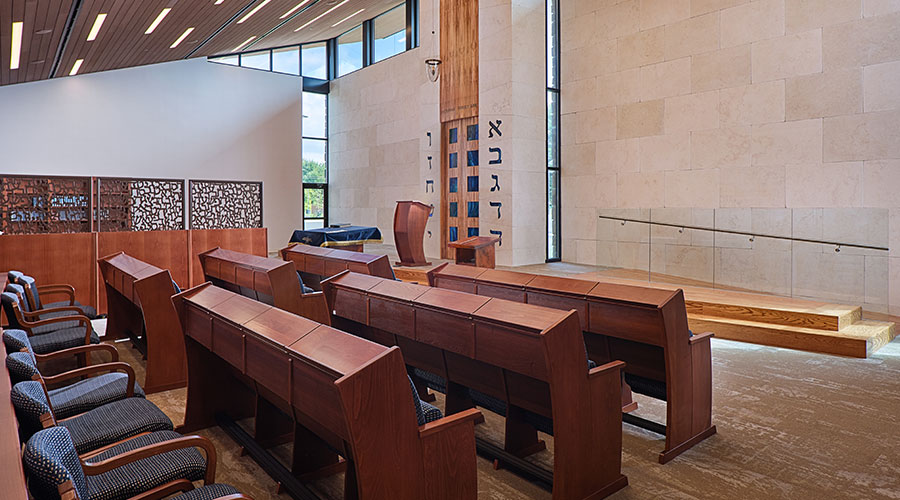A Districtwide Approach
The smart planning approach to the educational facilities plan should be applied to all facilities districtwide. The perception and reality of "have" vs. "have not" schools may otherwise derail effective decision-making. The smart planning objectives test each priority and decision in terms of adding value to the facility and in extending the educational experience, demonstrating how each school complies with the core model program.
The following methodologies underlie the smart planning approach to the educational facilities plan:
- Working sessions generate input and feedback from designated committees such as building, finance, academic, administrative, faculty, and parent groups. Transparency during working sessions is paramount because an open process sets the groundwork for both credibility and voter approval of capital funding.
- Facility benchmarks are consistently used to rank individual schools by their existing conditions and major deficiencies, starting with regulatory criteria. Major programs and existing conditions are assessed in detail by architectural, structural, mechanical, electrical, and telecommunications functions, then compared to industry-standard best practices.
- Educational benchmarks rank individual schools by grade, according to state testing criteria over the last three successive years. To some degree, educational rankings and facility conditions are linked at the grass roots level of stakeholder perceptions. Schools must pass the retail or public sight-and-feel tests as valued investments.
- Core models for the preferred grade structure and program components are developed from a curriculum and districtwide multidisciplinary vantage point in conjunction with the district superintendent, school principals, and other educational leadership. The core model program becomes a primary driver of school improvement and replacement decisions.
- To discount short-term peaks and valleys in enrollment, a demographic review is performed, based on enrollment projections over 10 years. This establishes a baseline for the volume and types of students, and ultimately the number of classrooms and schools required. This key information becomes part of the core model, thereby aligning anticipated student projections to the district's class-size preferences.
- The initial program design concepts are presented as test fits and summarized in a so-called biograph for each school. A biograph is the front-page narrative for each school that summarizes issues, facts and strategic opportunities and ascertains the feasibility of improvements, reconstruction, expansion, or replacement to achieve the district's preferred core models. Photos, charts, concept plans, and 3D digital renderings can illustrate how an individual school building would achieve the core model program in enrollment, organizational and site location considerations. Accordingly, the biograph provides district officials and staff with a tool that enables consistent and effective communication with stakeholders, media and the community.
- Cost management should be exercised in real-time, using an actual model of the unique local marketplace factors to inform decision-making at each milestone. By rigorously indexing the project's total hard and soft costs in a computer database, the cost projections and phasing options can be properly budgeted without resorting to cutting scope priorities.
- Each test fit is supported by comprehensive back-up details, including probable construction budgets and phasing options.
By virtue of the smart planning methodologies described above, as well as clearly stated objectives and comprehensive findings, the educational facilities plan functions as an easily understood roadmap to launching a successful bond referendum. Because the plan reflects district demographics, the core model program and a probable budget summary, a higher degree of certainty can be attached to any proposed bond issue. Simply put, voters have greater assurance that bond funding will achieve what the district has promised.
Lessons Learned
The paradigm must fundamentally shift from the old one of forcing educational delivery within functionally obsolete existing facilities to a new one: dynamic schools that enhance student-centered learning. The educational facilities plan approach allows administrators to examine how school facilities actually support educational goals within a preferred learning context, as well as addressing future flexibility.
Experience shows the traditional approach constrains districts and architects to adopt a paradigm of programming a building, rather than building to a program. The profound shift to the smart planning approach to the educational facilities plan document clearly identifies dysfunctional facilities that institutionalize a mentality of isolated academic silos — an approach that is out of sync with access to knowledge in today's digital information marketplace.
Smart planning provides a strategic view of the district's core values, educational and facility benchmarks, demographic trends and specific core model aspirations. Building concepts to validate the test-fit potential are developed only after such visioning and listening.
Most importantly, the smart planning approach best assures the collaborative fusion of teaching, higher-level thinking, learning and mastery for student success. The scope of a project and its associated budget is determined in a justifiable and transparent manner. The district's policy advocates, educational leadership, and parent and stakeholder groups gain a greater degree of confidence that the best ideas are realistic and achievable. The key goal at each step is to make wise investments that promise all students an equal opportunity to achieve their full potential.
Roland A. Coleman, II, is principal with Cannon Design in Buffalo, N.Y. He can be reached at rcoleman@cannondesign.com.
Related Topics:












